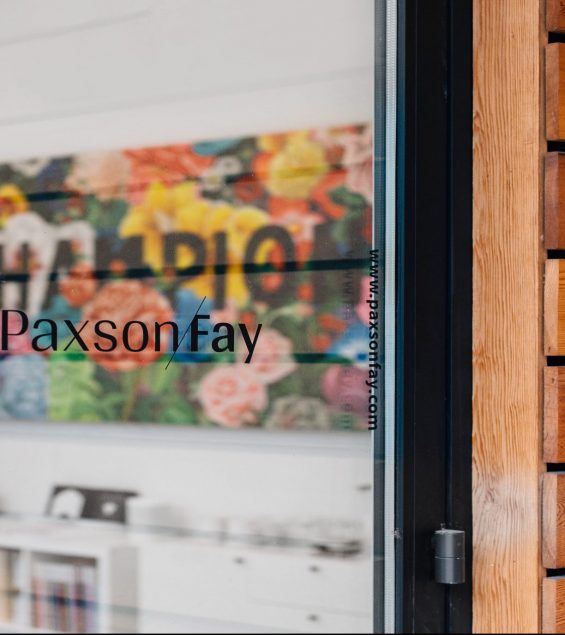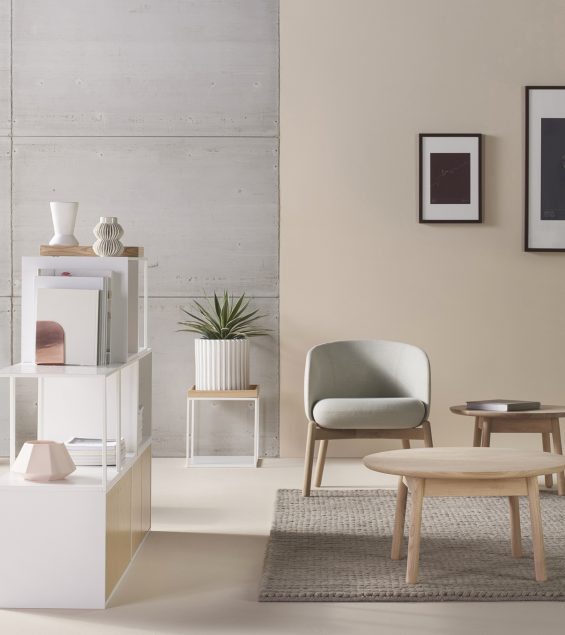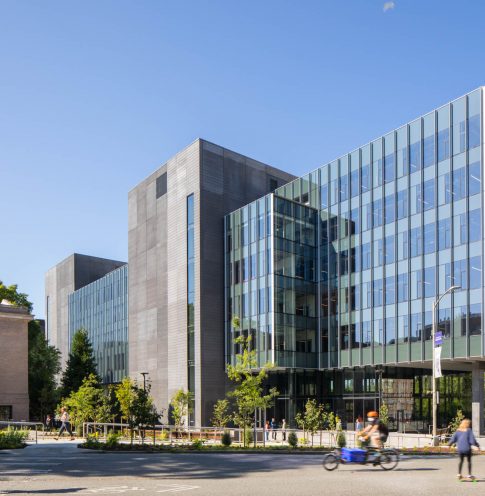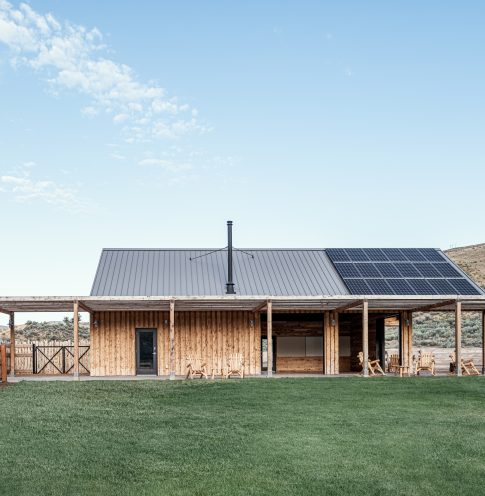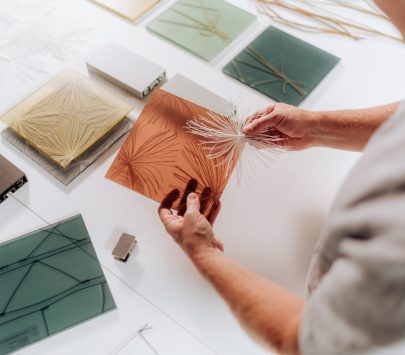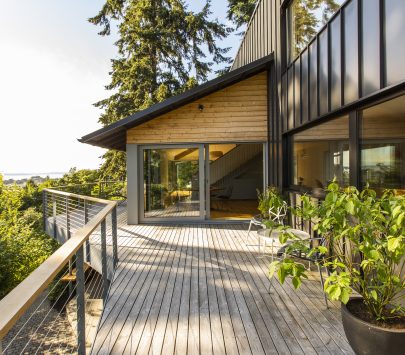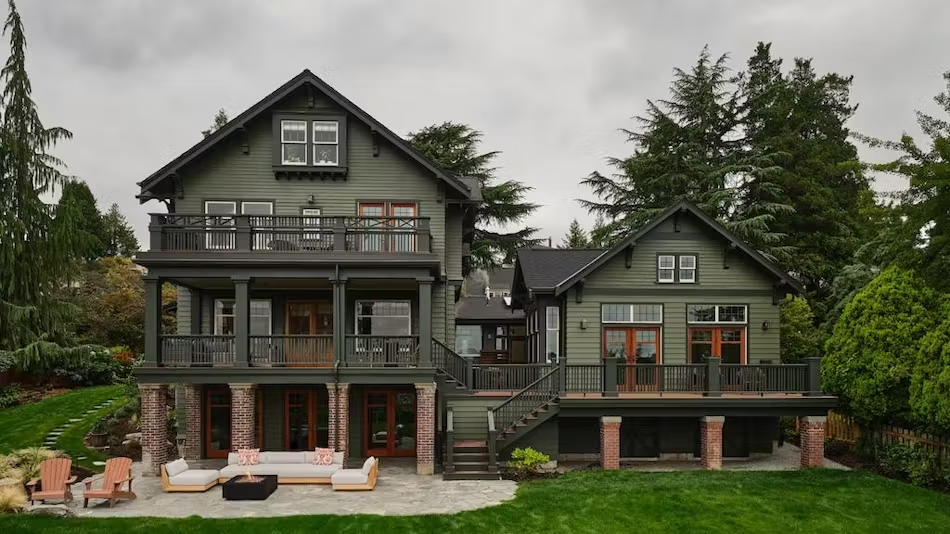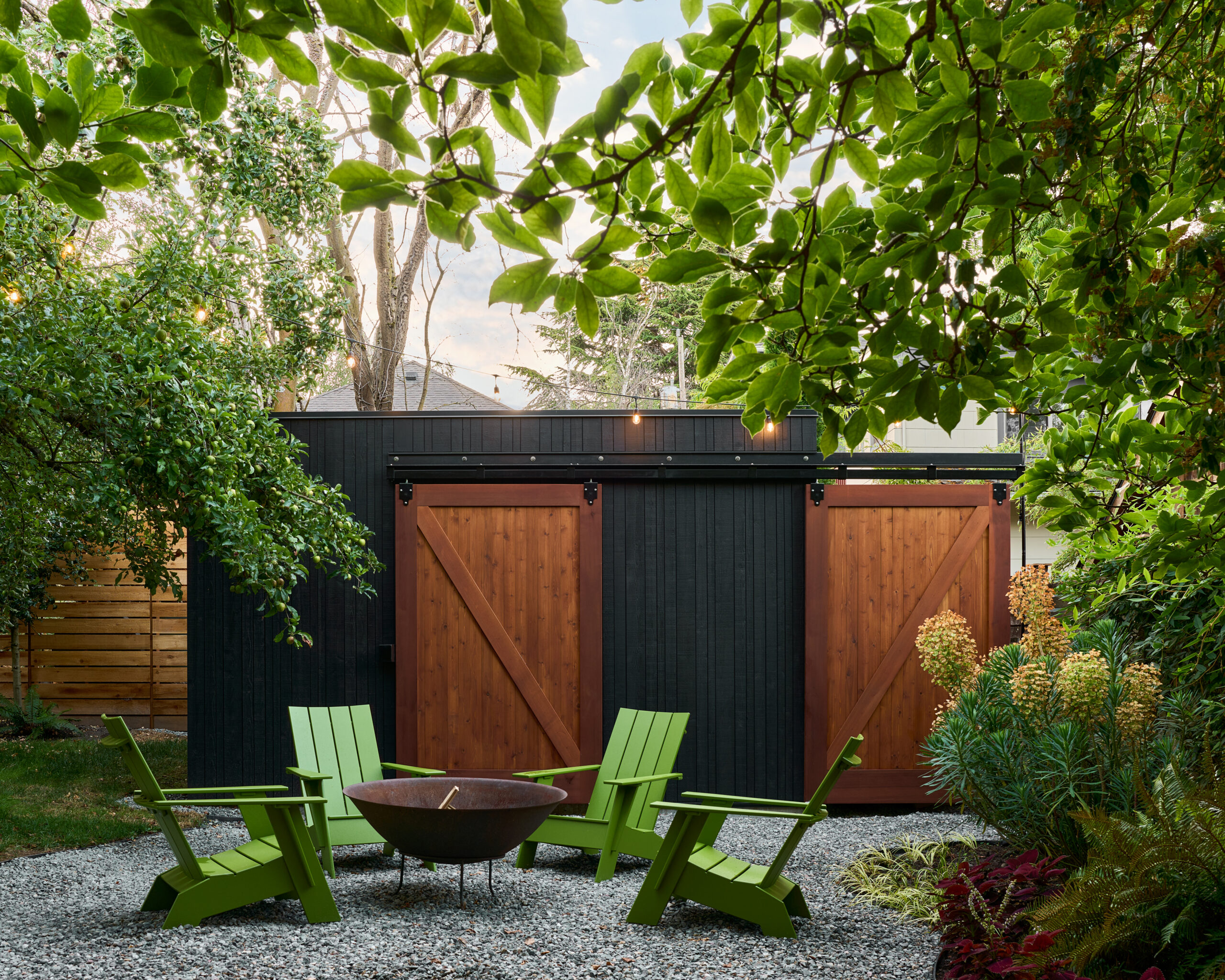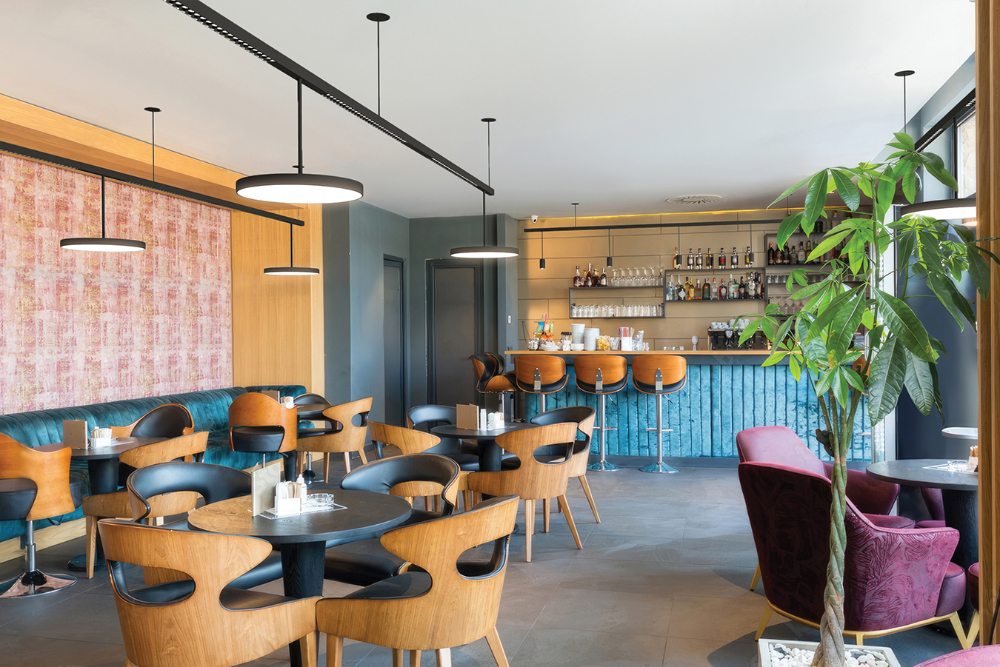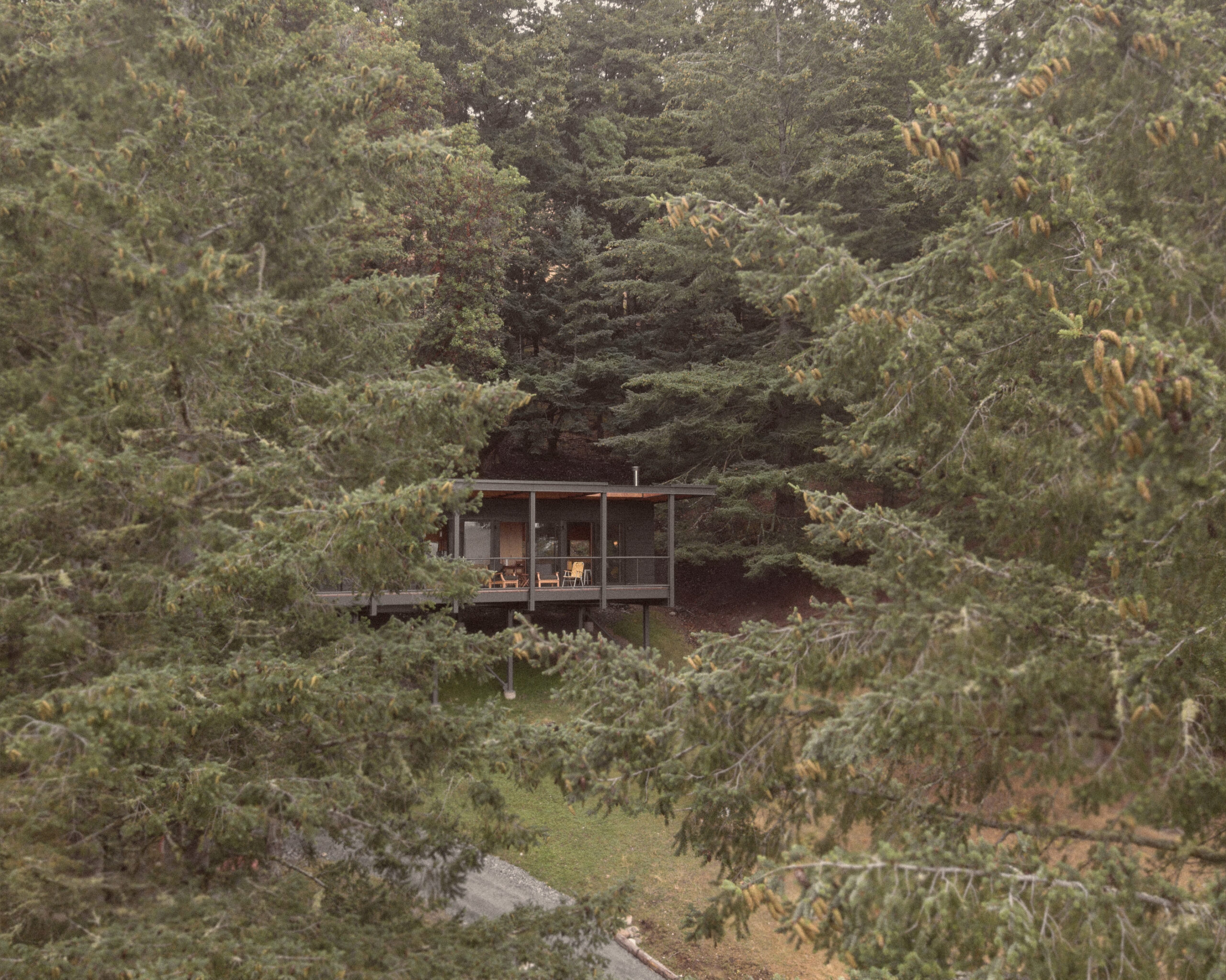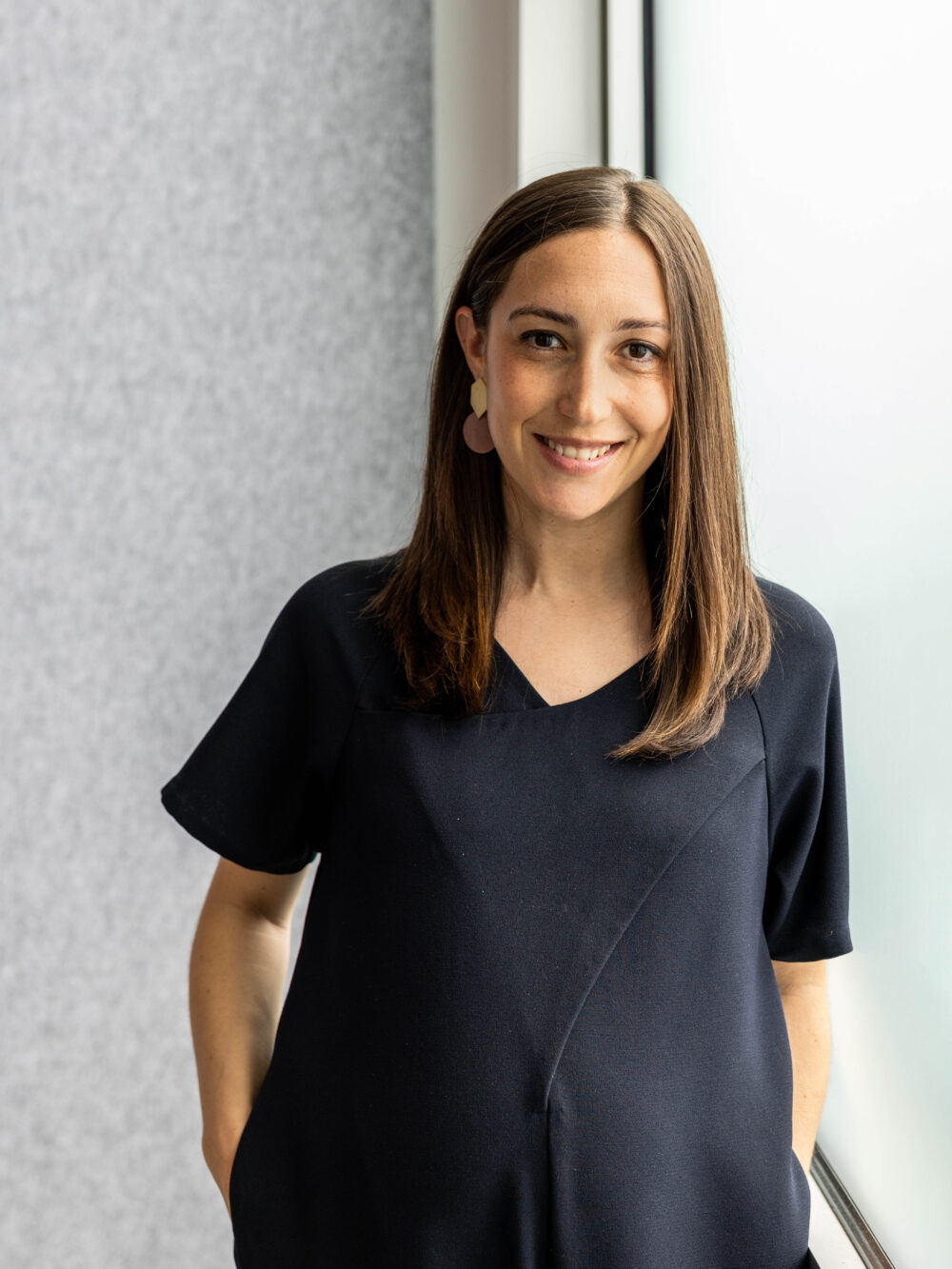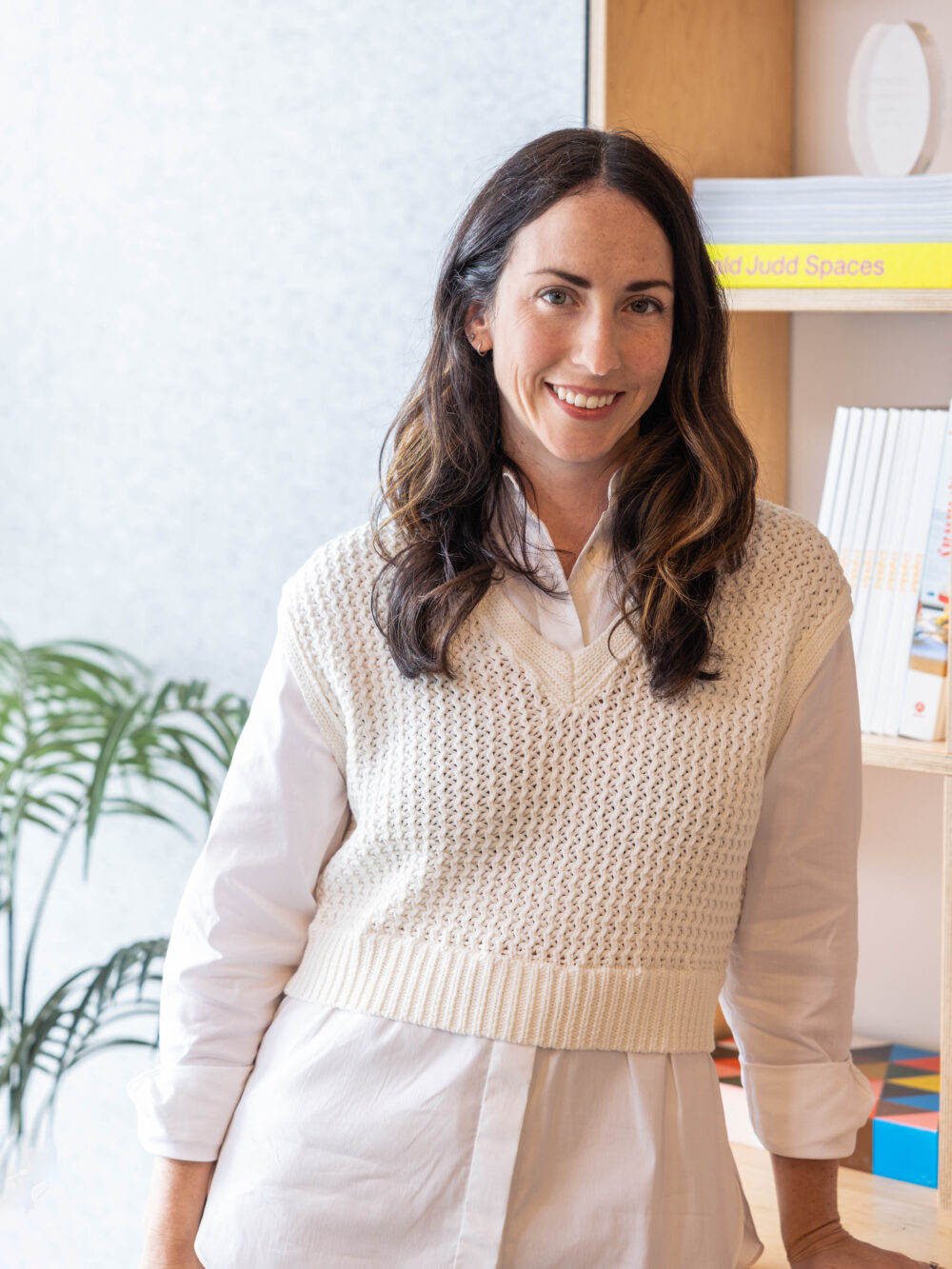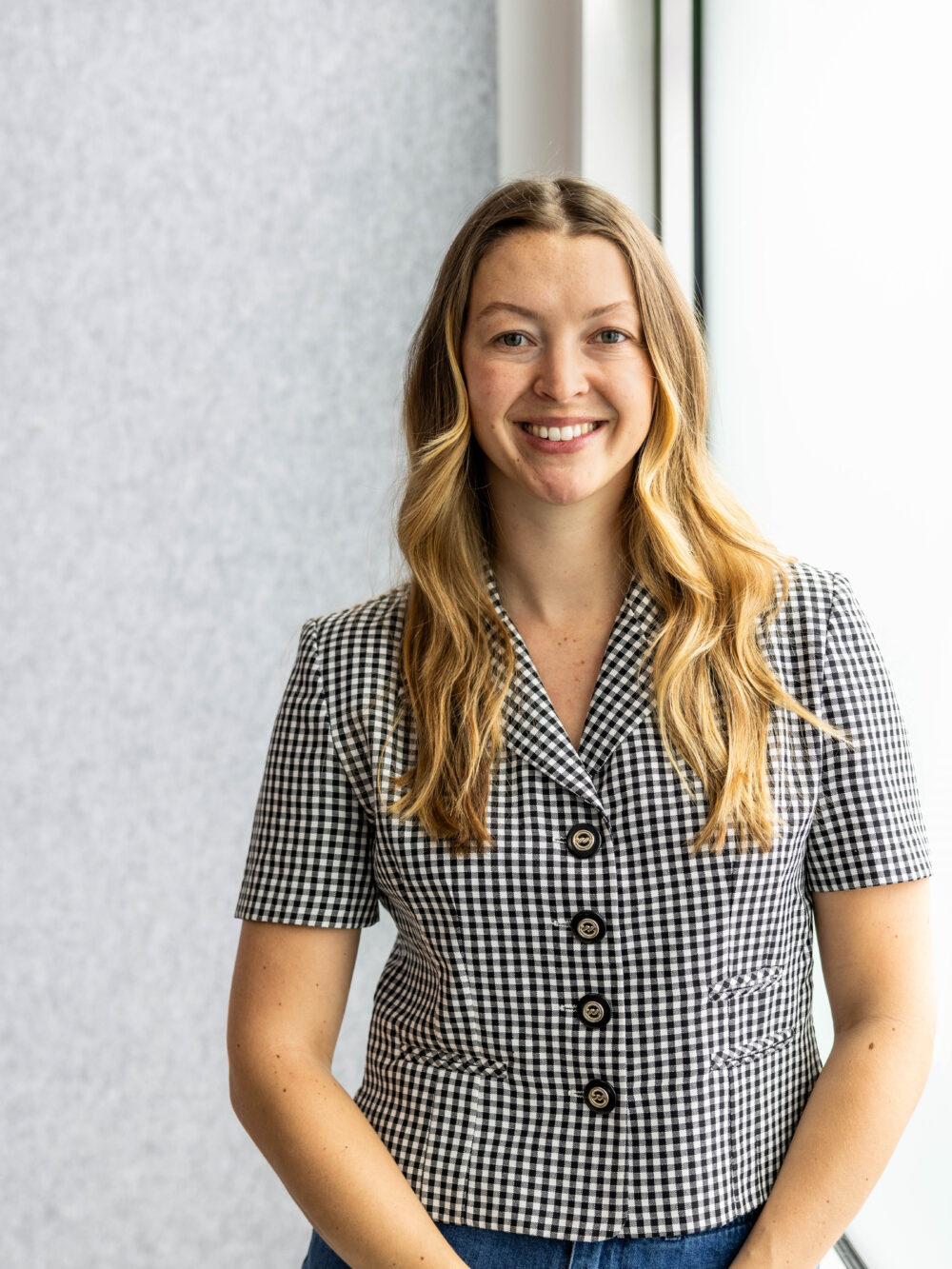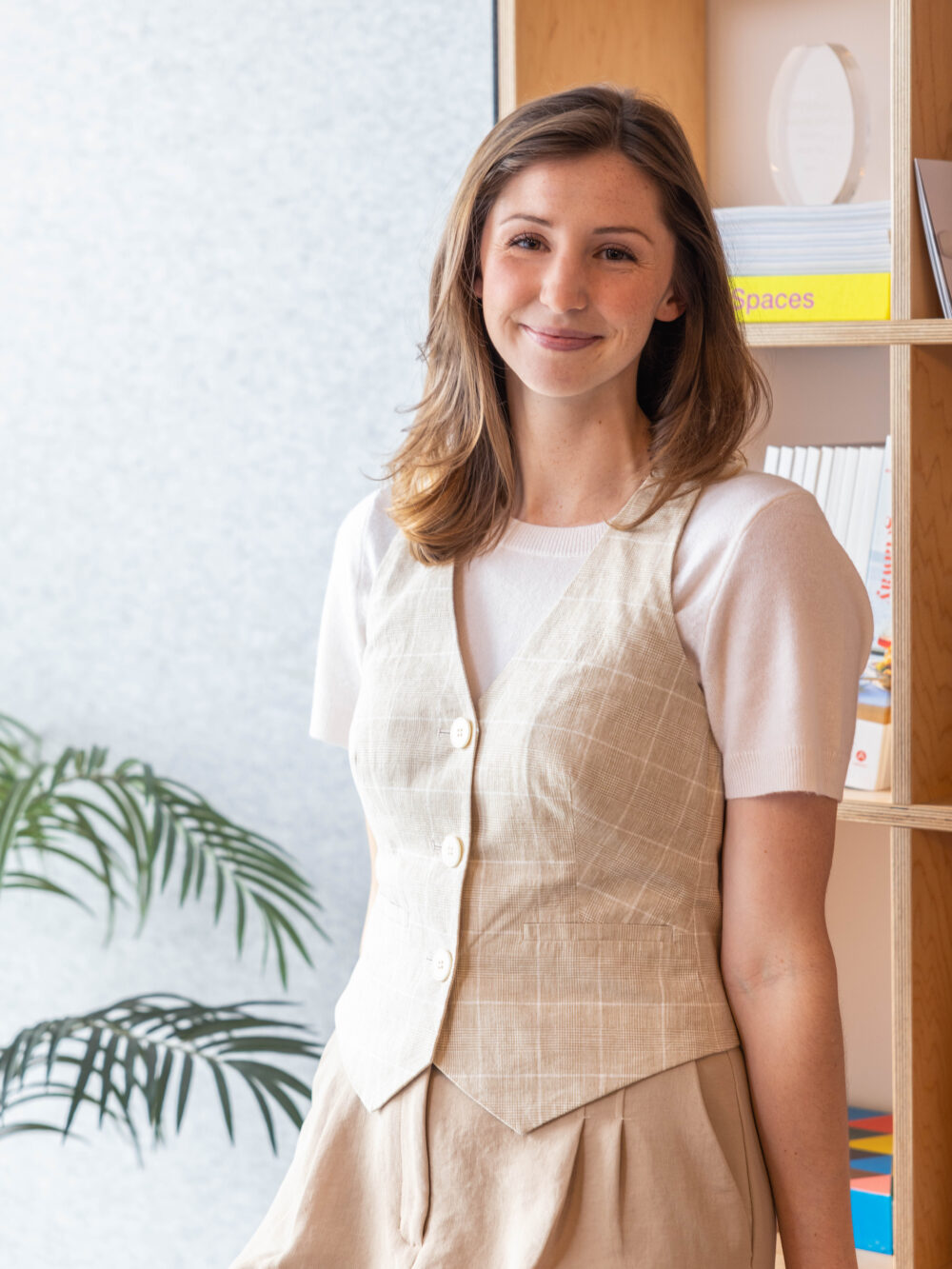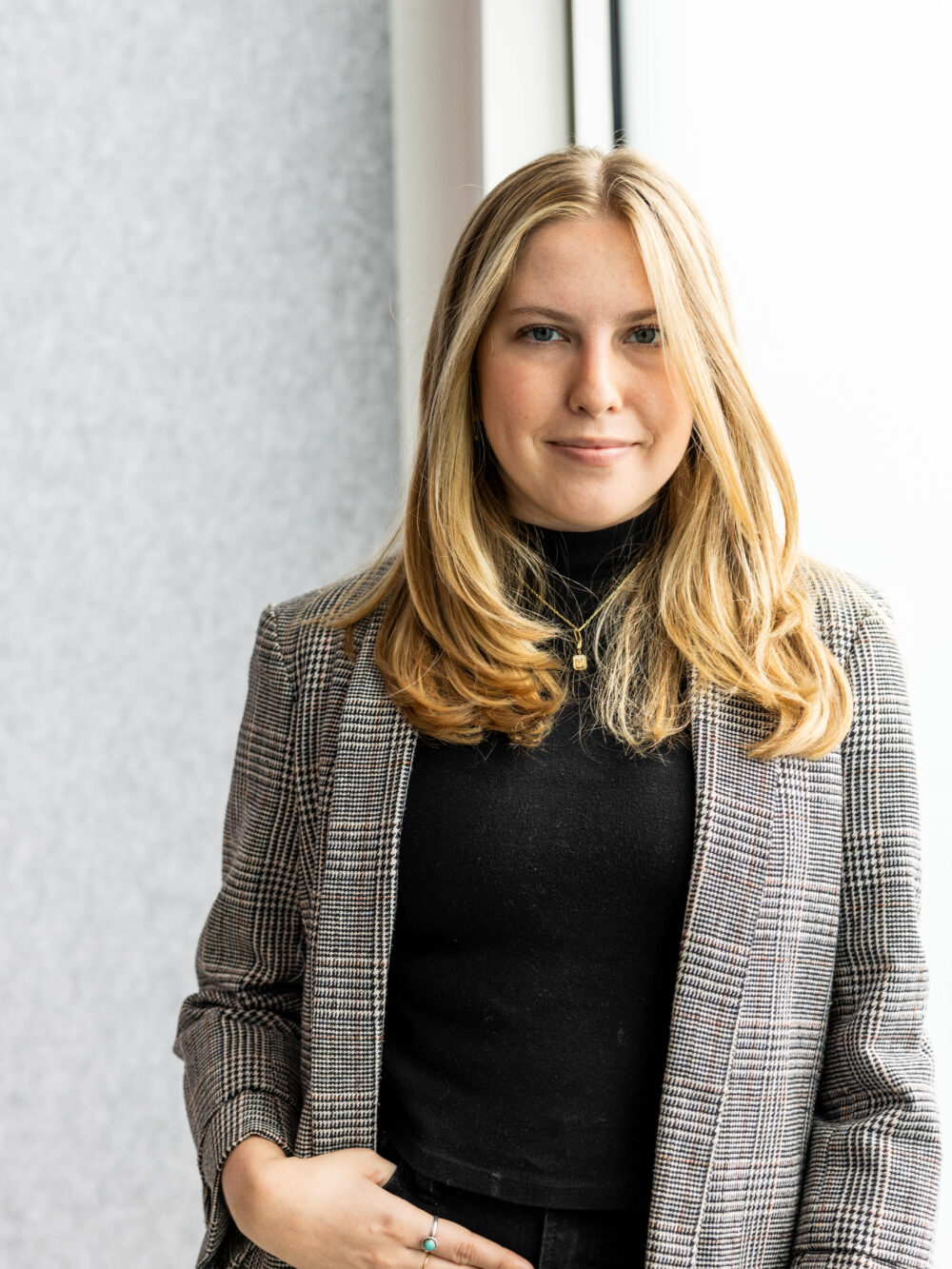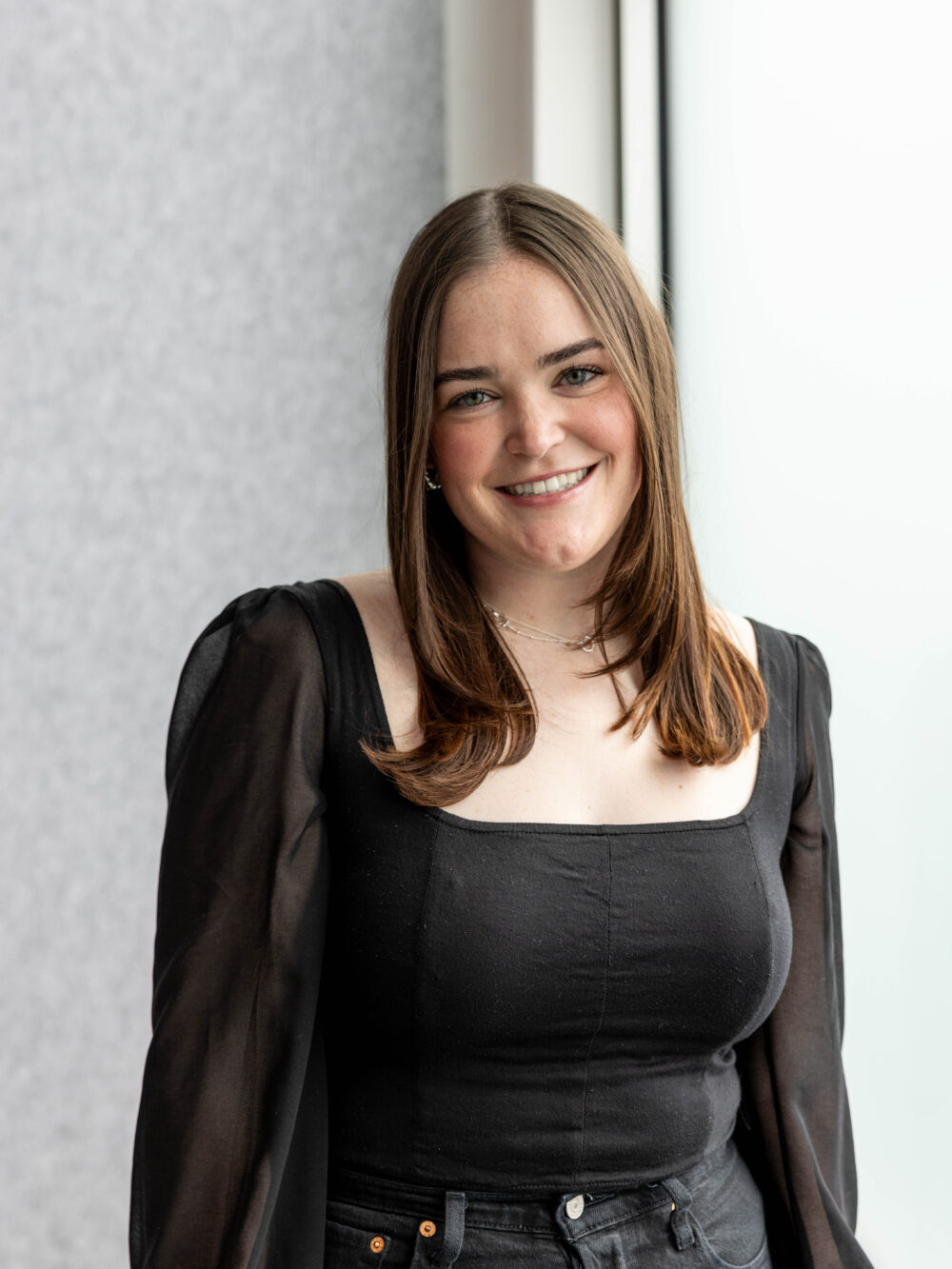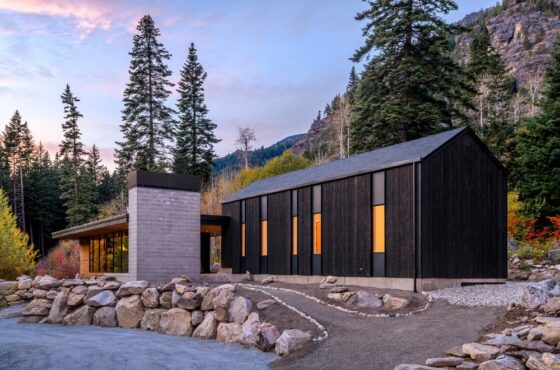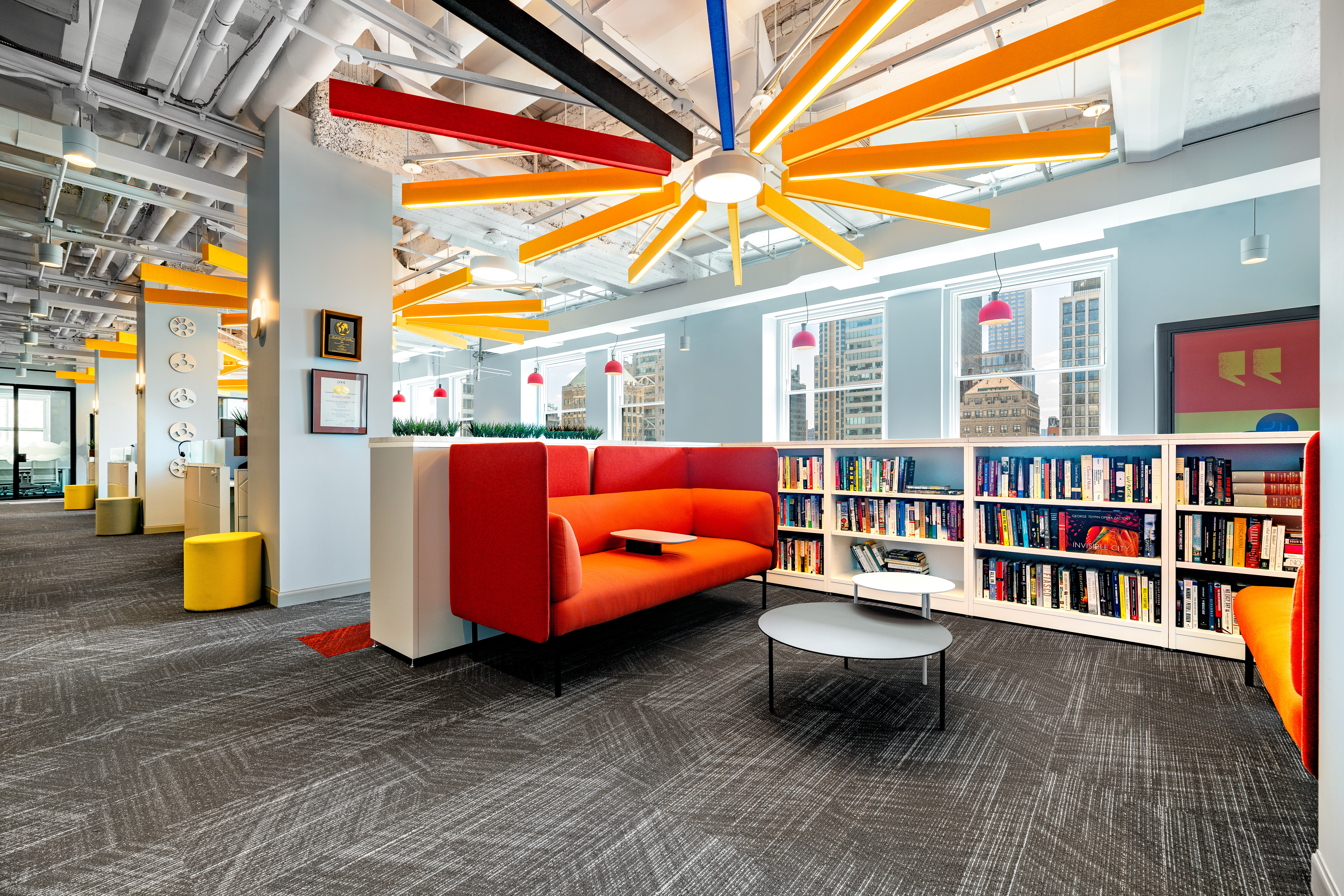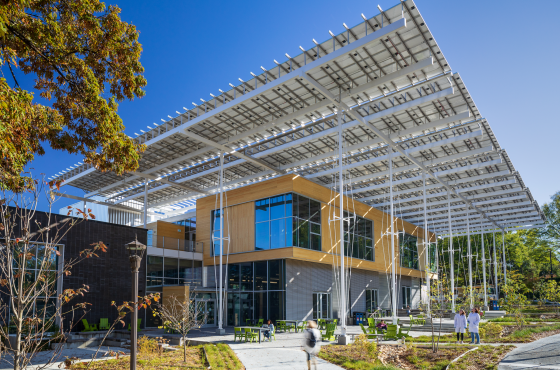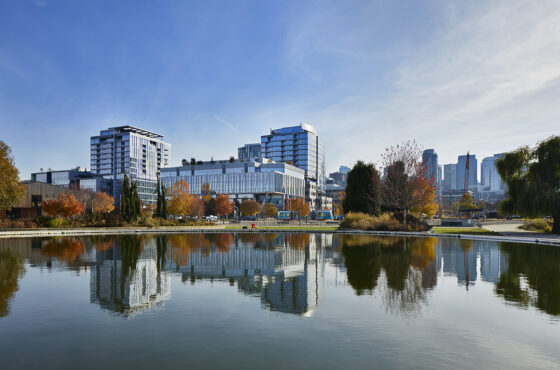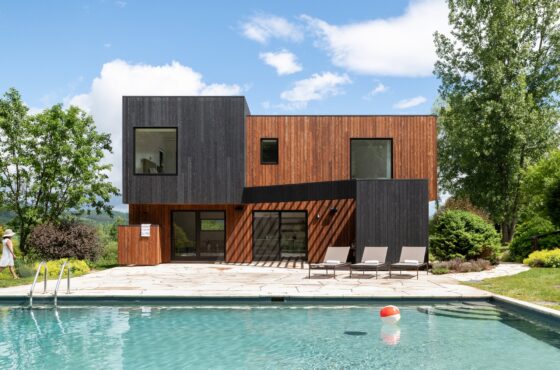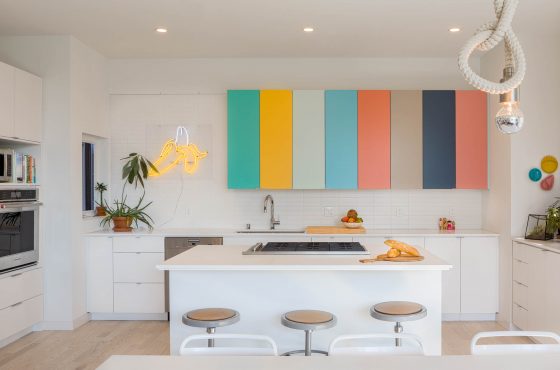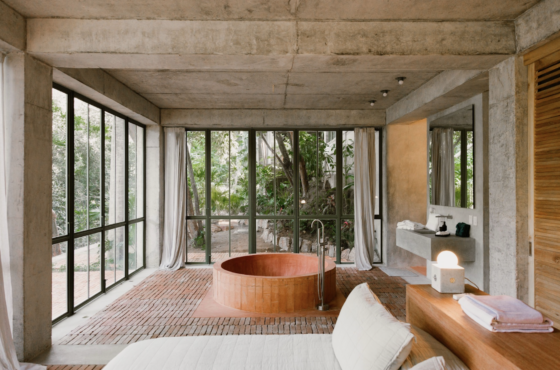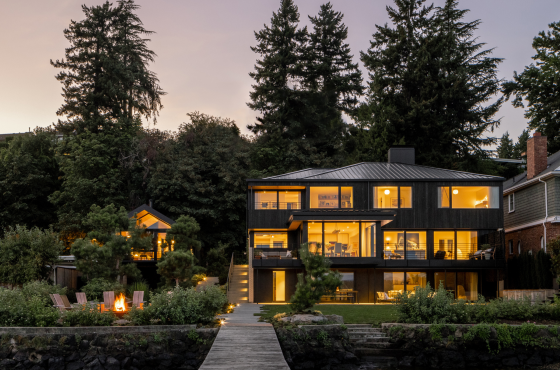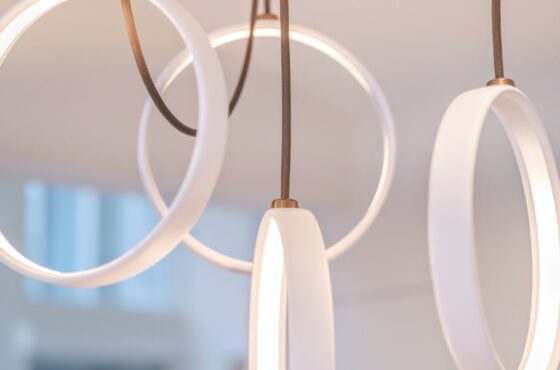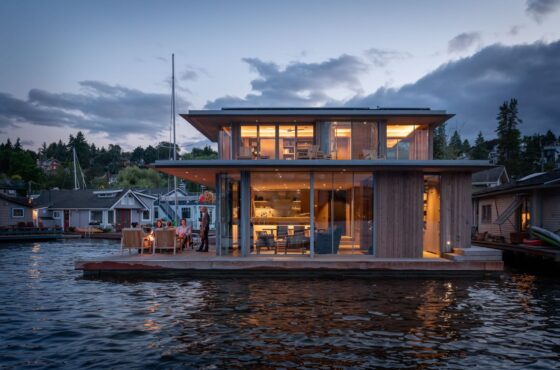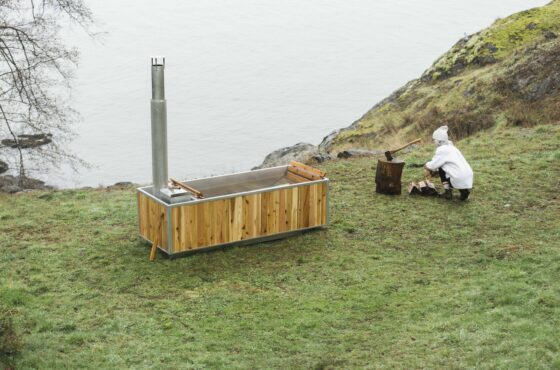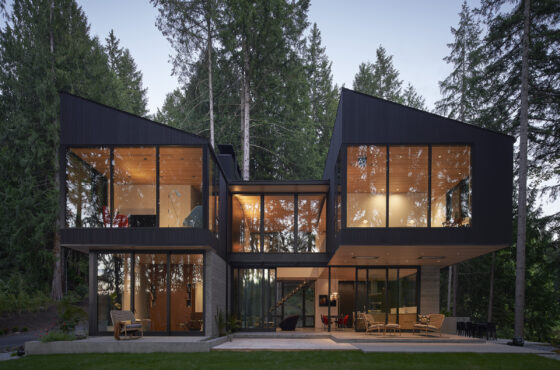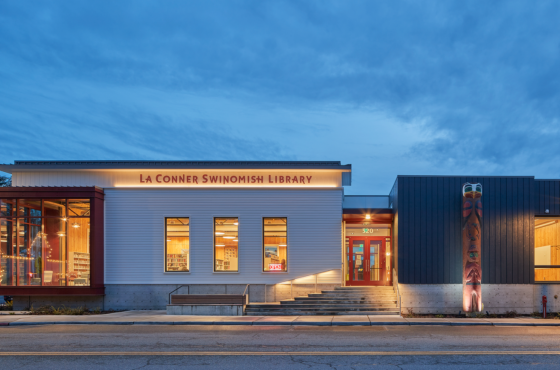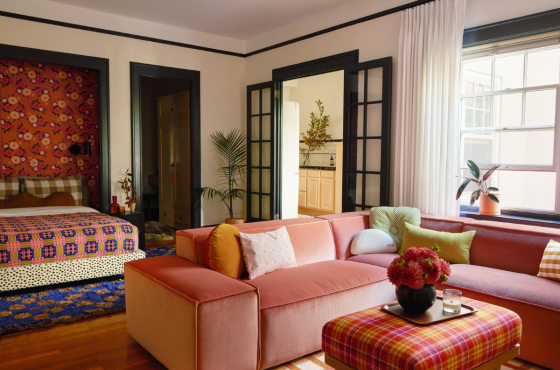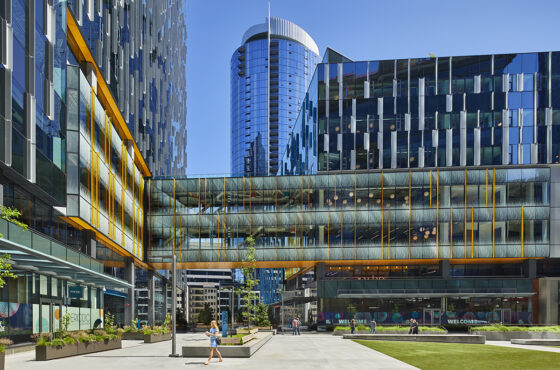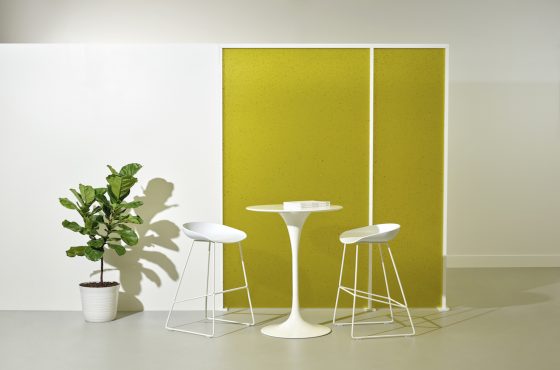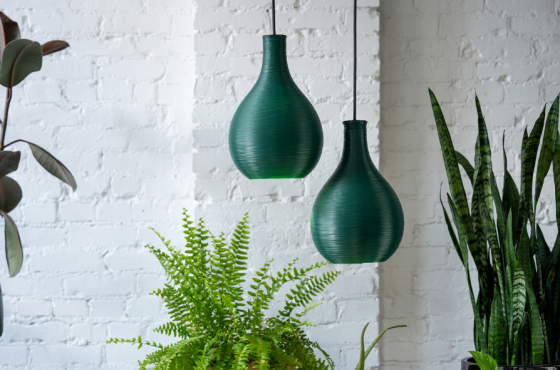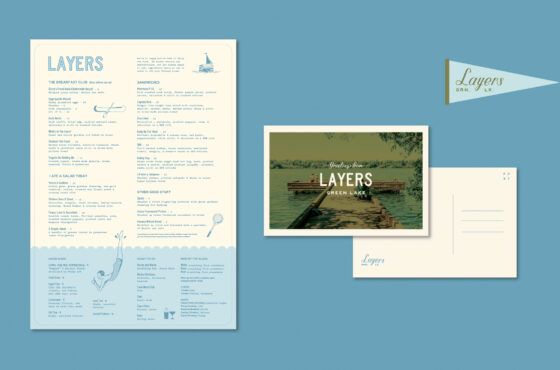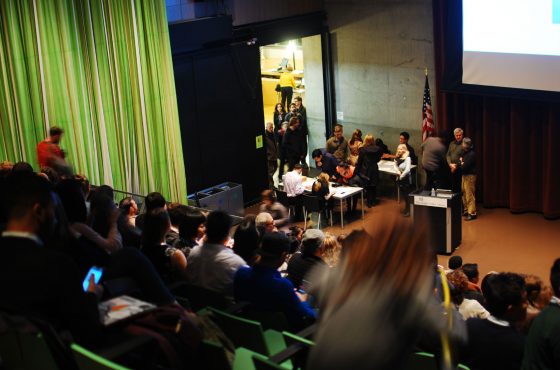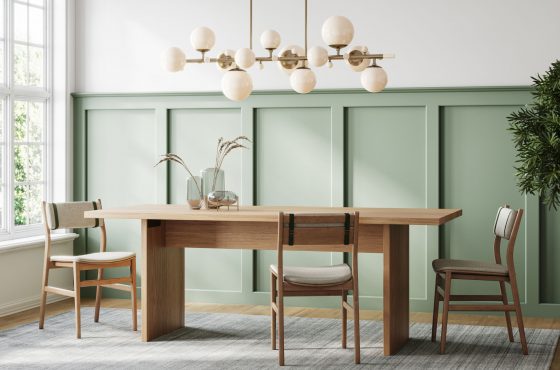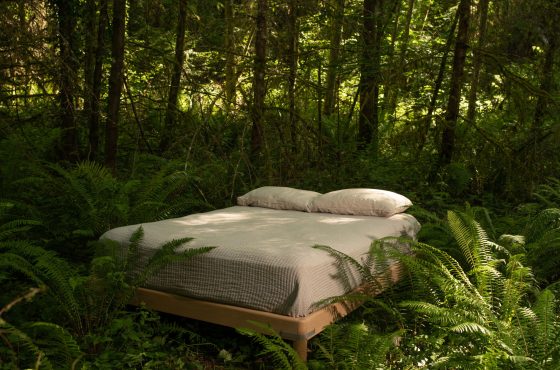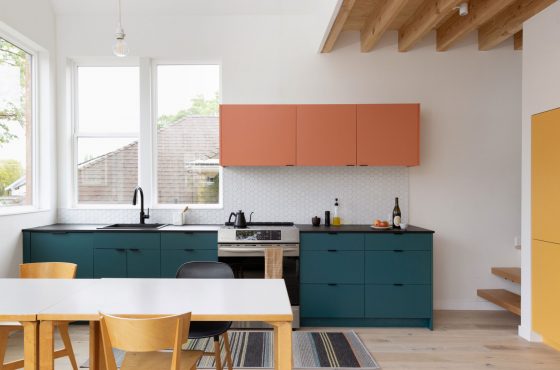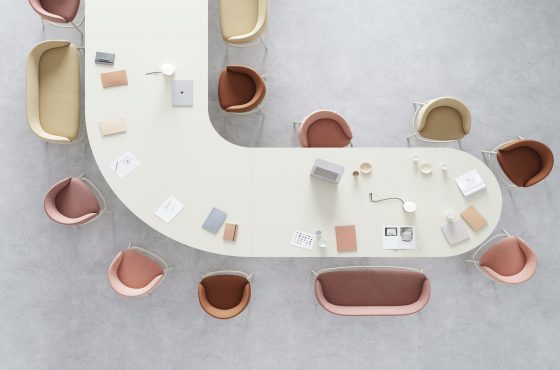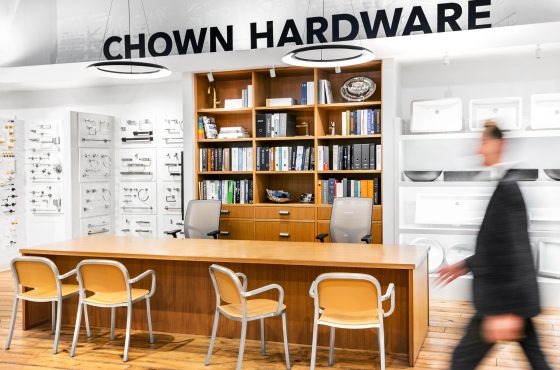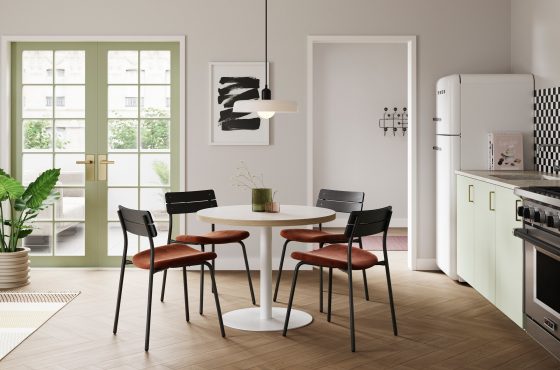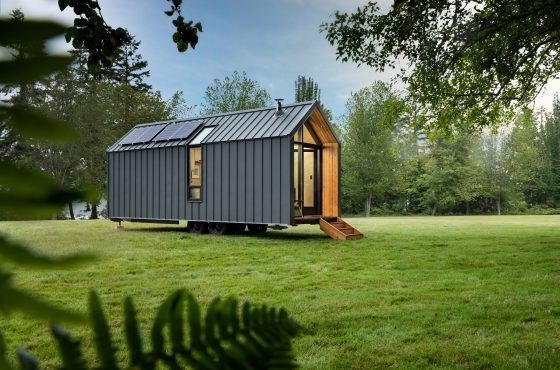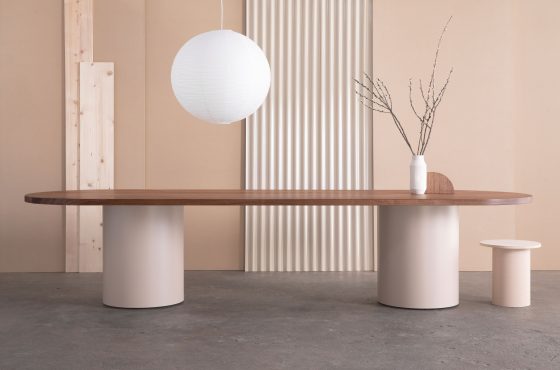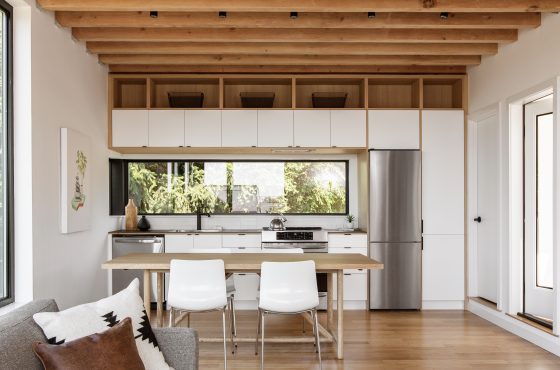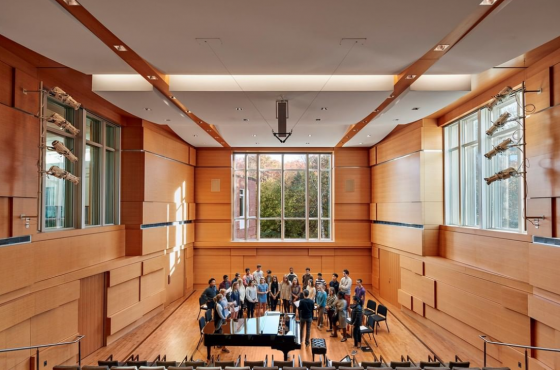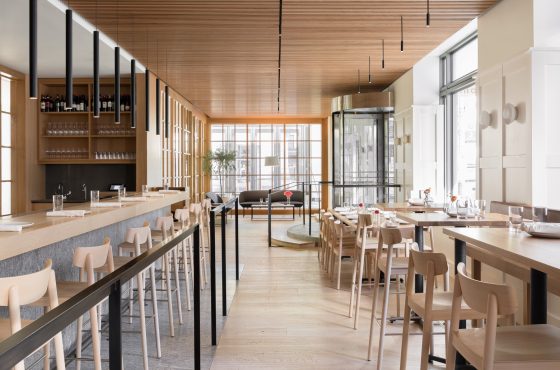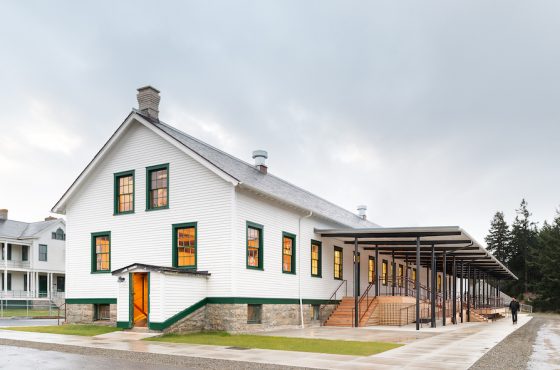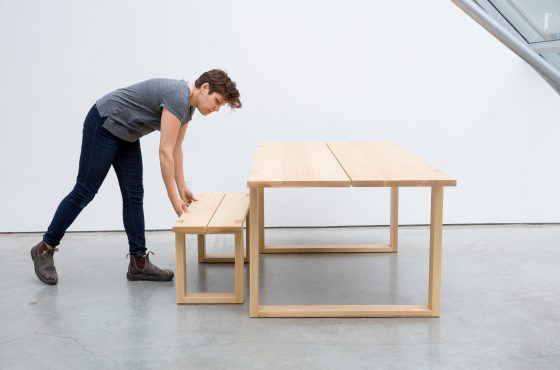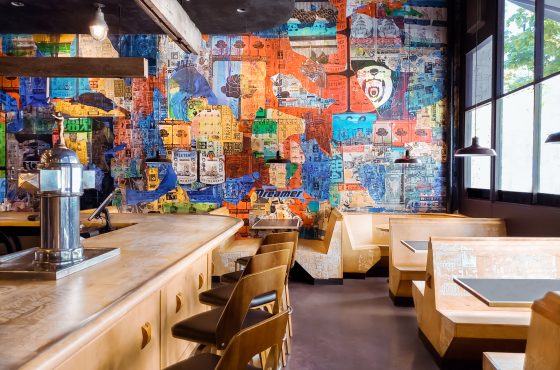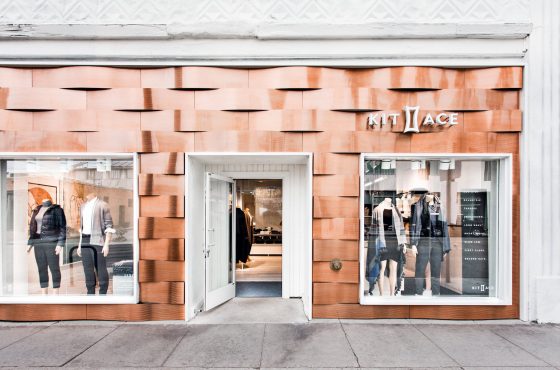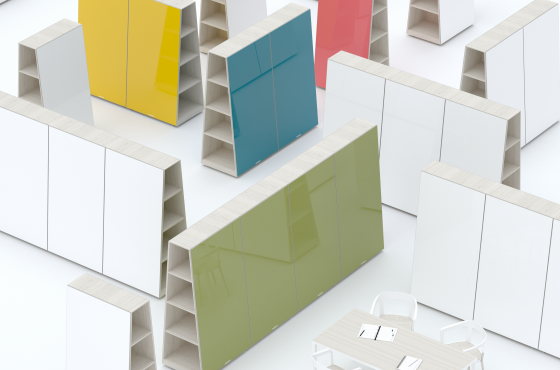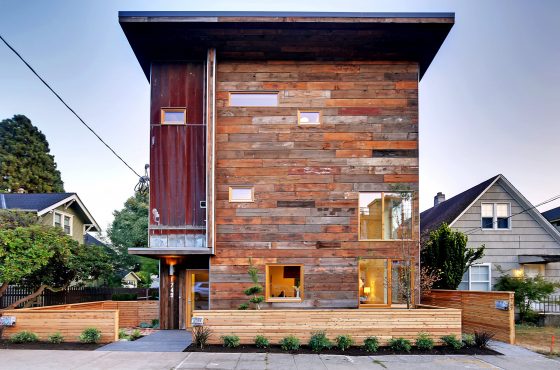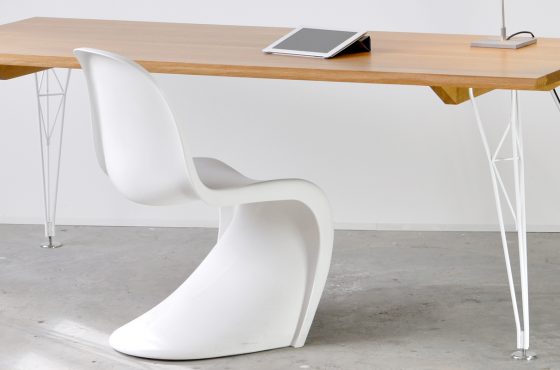Some tiny homes seem so ideal that it’s tempting to avoid changing them, even when life demands otherwise. That’s how Pam Austin felt when her family began outgrowing the 450-square-foot log cabin she owns on Guemes Island, Skagit County.
In 2000, Austin and her now ex-husband bought the little house, which sits on a beachfront lot, as a getaway from their primary home in Seattle. At the time, Austin, 72, said, “it was charming, but in bad shape” — overrun by mice and riddled with mildew.
The structure had been built on another island in the early 20th century, neighbors told her, and in the 1940s it was dismantled, floated and reassembled at its present site. More than half a century later, it was in such disrepair that “the people who owned it before us wouldn’t even stay in the cabin,” Austin said. “They’d just pitch their tents in front.”
In the years that followed, she brought the one-room cabin back from the brink with help from family and friends. They cleaned it up, evicted the mice and repaired the chinking between the logs. Simplicity was the guiding principle. The one-room cabin has a small, bare-bones kitchen, a stone fireplace, a wood-burning stove and a built-in nook with a mattress for sleeping — and that seemed like enough.
“It’s just a really easy place where the kids could run in with sandy feet,” Austin said. “There’s nothing precious.”
As time went on, however, she met a new partner who shared her love of the cabin, William Pence, 73. Her sons, Eric David, now 30, and Alex David, 28, grew up and developed relationships of their own, and Austin suspected there might soon be grandchildren.
Asking her sons to pile into the tiny cabin when they visited no longer seemed feasible. “They’re adults now and don’t want to sleep with Mom, on a cot,” Austin said. Yet she still wanted the property to serve as a family compound.
Many in her position might have considered building a big addition or demolishing the old cabin to replace it with something new. But Austin wasn’t prepared to let the cabin go or have it swallowed up by an extension. It was her happy place, and it held too many memories.
“I wanted the footprint to be as small as possible,” Austin said. So she decided to build a compact bunkhouse behind the original cabin and asked the Seattle firm Shed Architecture & Design for help.
She told Prentis Hale, a principal at Shed, that she didn’t want the bunkhouse to have a full kitchen and living room. She wanted it to provide sleeping space only. That way, she said, “we all have to come together here at the cabin — this is the place where we gather.”
Hale loved the idea. “These days, everybody builds a much larger house right on the water — these gargantuan projects that don’t have a lot of contextual siting,” he said. “I agreed with her decision, because it’s just impossible to recreate a hundred-year-old cabin.”
After studying the site, the architects designed a two-story, 590-square-foot bunkhouse threaded between mature fir and cedar trees behind the original cabin. The ground floor contains a mudroom, bathroom and small kitchenette. The upstairs has three sleeping areas separated by wood slats and curtains. At the top of the stairs, there is built-in seating beneath an expansive skylight, with cushions that double as twin mattresses. On either side is a bedroom with a queen-size mattress and a pair of bunks.
Responding to Austin’s request for simple, durable materials, the architects used plywood for the built-in furniture and to line the interior walls. On the floors, there is more plywood and eco-friendly Marmoleum flooring. Low-cost porcelain lamp holders serve as sconces, and the bathroom is fitted with drop-in stainless steel sinks. Jennie Gruss, an interior designer, helped Austin bring in color with patterned throw pillows and striped bedding.
Outside, the lower level of the bunkhouse is clad in dark-stained log-cabin-style siding to match the original cabin. Where the top level extends cantilevers out to create a covered porch, it is supported by a pair of tree trunks that Austin’s builder, Kaplan Homes, found washed up on the beach.
Austin and Hale used the construction project as an opportunity to install a new septic system and to solve another problem: The old well had run dry. To provide water for both structures, Hale designed the roof of the bunkhouse with gutters that collect rainwater, which is pumped into cisterns and filtered for use.
Construction took about a year and was completed December 2022 at a cost of about $600,000.
It seemed to be just in time, as Austin’s family continues to expand. In addition to spending more time at the property during the pandemic, her son Eric had his wedding there in 2021.
“I’m going to be a grandmother in April,” she said. And the compound, she added, is already functioning as she hoped it would.
“We had Christmas here, we had Thanksgiving here, and we had my birthday party here,” she said. “Everybody comes — so yes, it’s working.”





